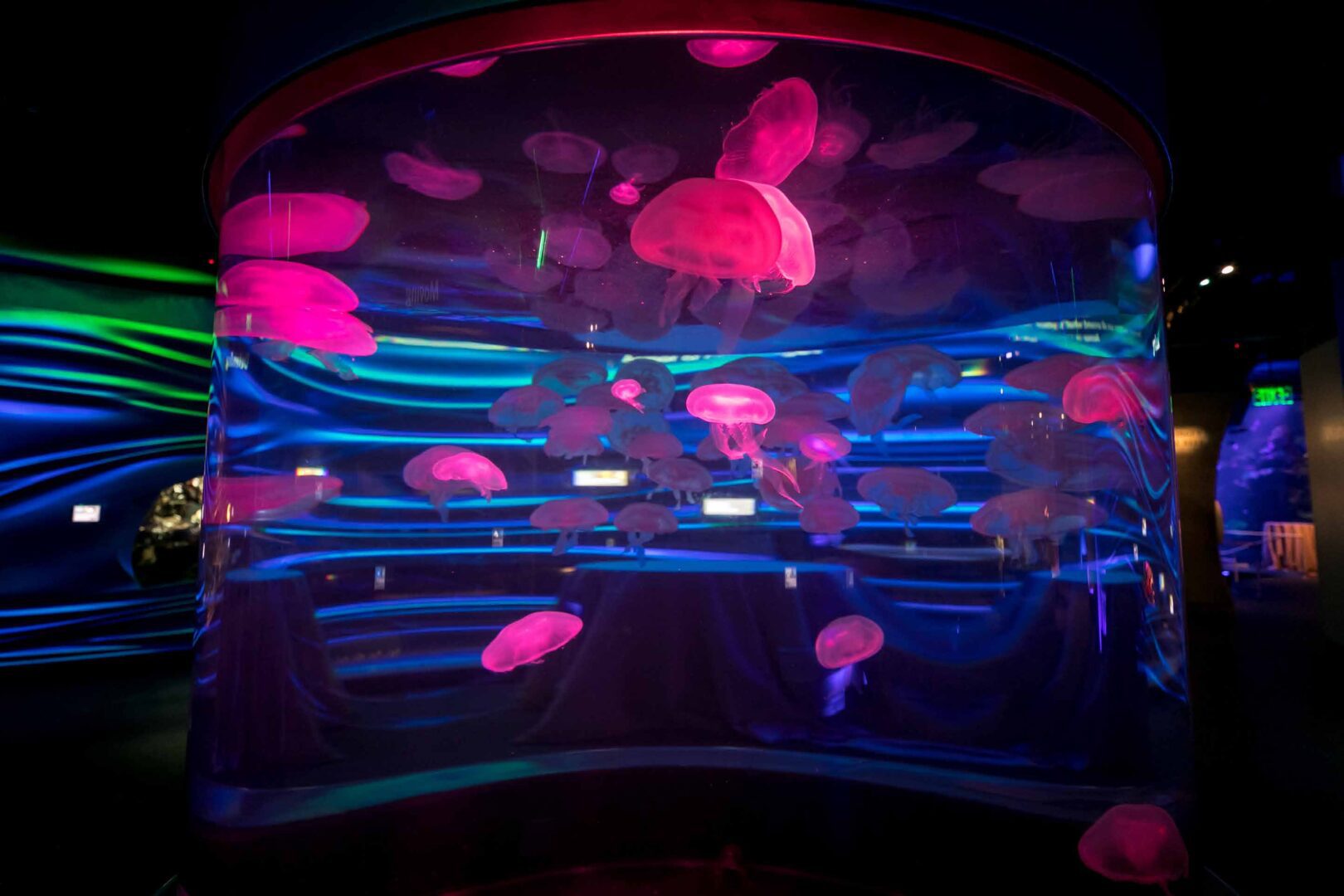Transforming Spectator Engagement Via Engaging Virtual Reality Encounters in Real-time Productions
Transforming Spectator Engagement Via Engaging Virtual Reality Encounters in Real-time Productions
Blog Article
Within the past times, virtual reality has emerged as potent tool for boosting viewer engagement in live productions. Such innovation enables viewers to immerse oneself in a 3D environment, crafting a unique experience that traditional media cannot easily duplicate. By using VR, creators can transport viewers into the core of the action, making them sense as if they are integral of the show. This groundbreaking approach not only enchants audiences but also opens up new opportunities for narrative and interaction.
One of the key benefits of employing VR in live performances is the capability to create a more interactive encounter. Viewers can interact with the show in real-time, influencing the result or discovering different viewpoints. For example, in a theater production, viewers wearing VR goggles can select to pursue specific roles or scenes, allowing them to customize their encounter. This level of interactivity fosters a deeper connection between the audience and the performance, making it more memorable and impactful.
Moreover, VR Web Site tools can enhance the sight and auditory elements of a live performance. Using top-notch visuals and sound design, producers can create stunning environments that draw audiences in. This engaging quality can elevate the overall encounter, making it more engaging and pleasurable. For example, a concert can be converted into a rich encounter, where audience members experience as if they are on in front with the performers. Such improvements not only draw larger viewers but also promote repeat viewing, as viewers seek to relive the excitement.
Alongside improving audience involvement, VR can also provide insightful data for producers. By analyzing how viewers interact with the virtual setting, producers can collect data on viewer likes and behaviors. This information can inform upcoming productions, helping to customize material to more effectively satisfy the demands and wants of the audience. As a consequence, VR not only enhances the current experience but also adds to the development of live productions as a whole.
With the advancements progressing to evolve, the potential for VR in real-time productions is vast. From theater and concerts to sports competitions and festivals, the possibilities are endless. Through embracing this innovative approach, producers can transform the way viewers engage with live performances. As more producers investigate the incorporation of VR, it is probable that we will witness a shift in how performances are crafted and presented, ultimately resulting to a greater immersive and interactive prospect for real-time performances.